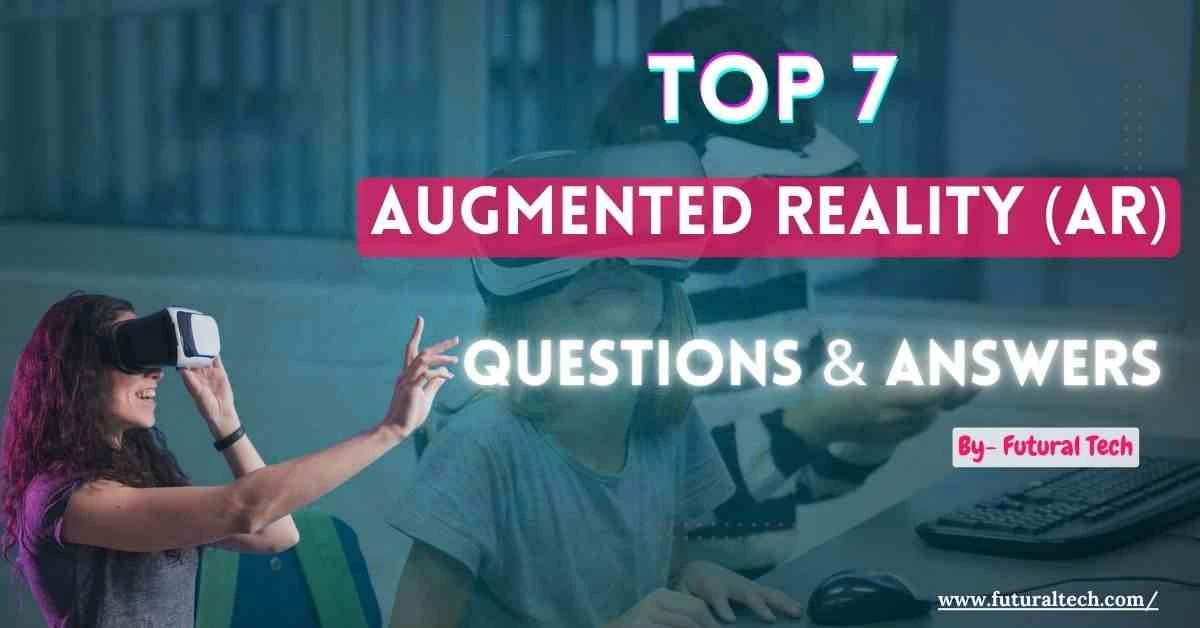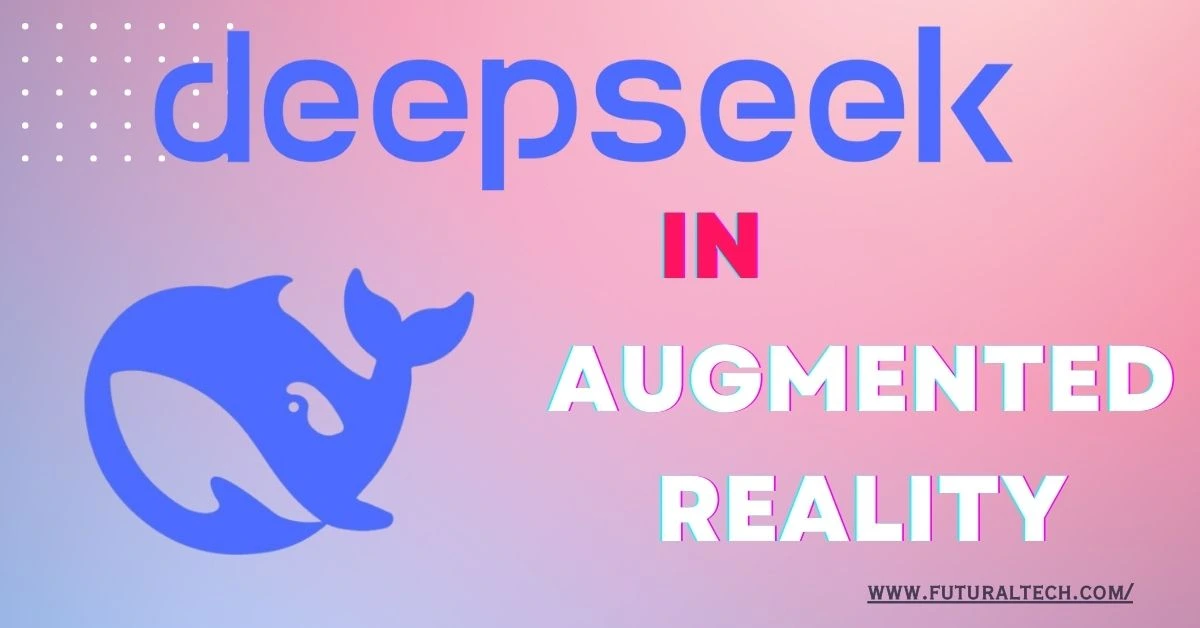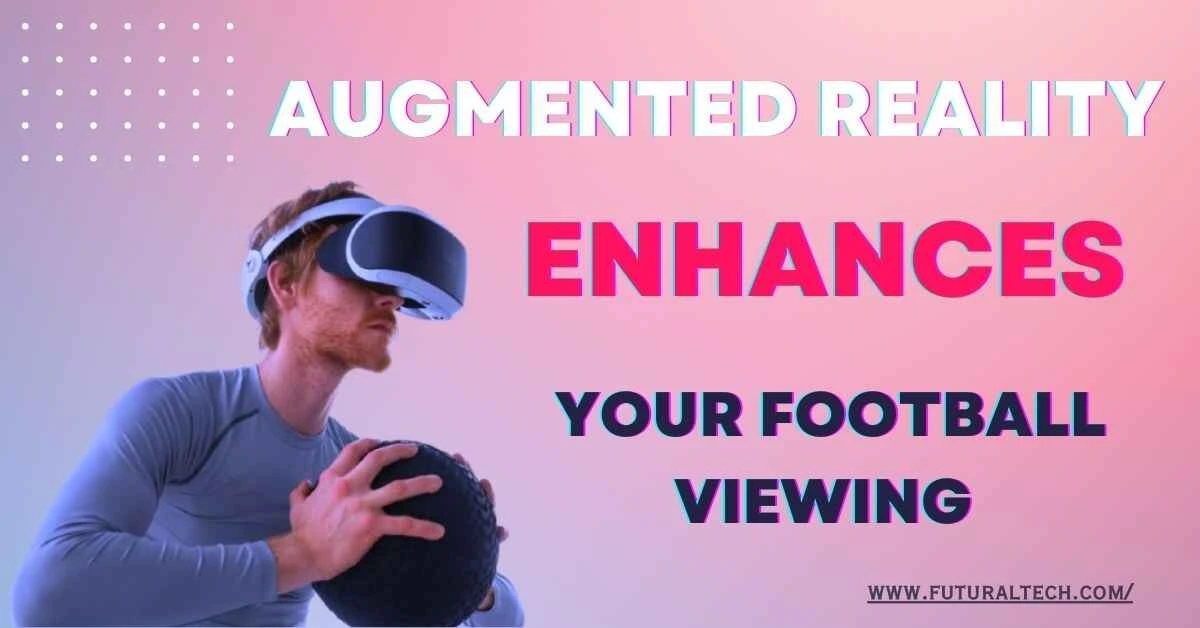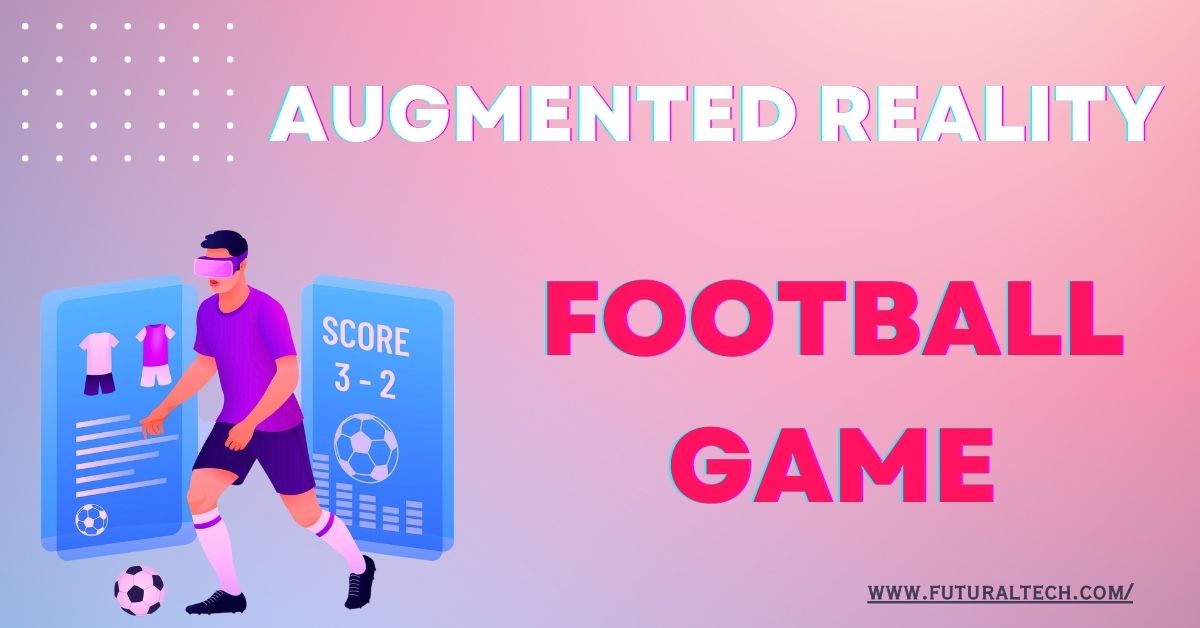What Programming Language Is Used for Augmented Reality?
By- Raj 15th-Jan-2025

Introduction
AR applications bridge the gap between the real and virtual worlds. This amazing technology enables video games, education, and healthcare, among other fields, to provide a richer daily experience. Have you ever thought about what kinds of programming languages go into creating apps like these? Let's see.
Key Programming Languages for Augmented Reality
Unity and C#
Unity easily dominates the AR space due to its ease of use and the dependency of other AR frameworks. C# is the primary language of Unity and is relatively simple and effective, which allows developers to produce effective interactive AR in 3D environments.
Example: Pokémon Go, which combines Unity and ARKit, highlights C#'s potential in AR gaming.
Unreal Engine and C++
Another AR application C++ uses is Unreal Engine; this product is widely known for its great performance in producing high-quality graphics. Unreal Engine has a visual scripting interface called Blueprint, which can also make code easier.
Example: Architectural AR models provide a great demonstration of Unreal Engine's capacity for creating realistic graphics.
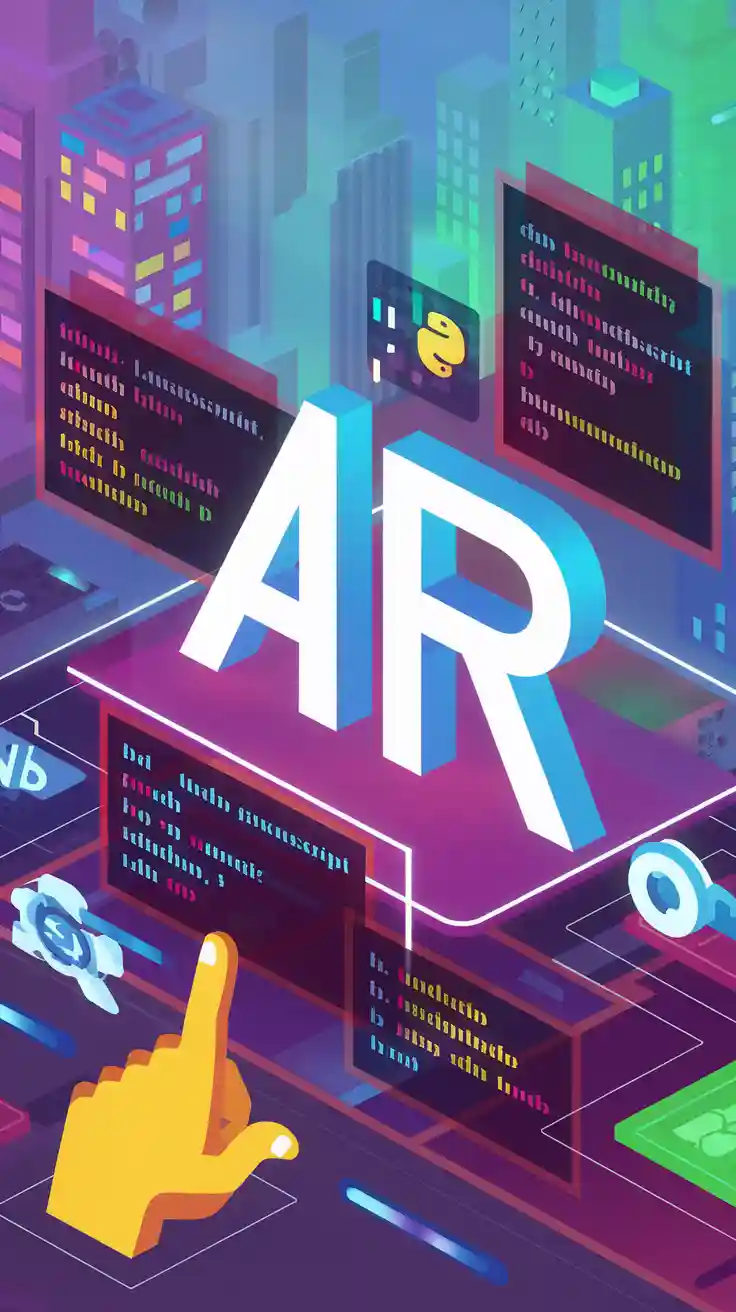
JavaScript and WebXR
The trend of AR integrated into the website is relatively new, and JavaScript with WebXR is the perfect match for it. Thanks to this combination, no extra download is necessary to get an AR experience. Simply activate the relevant software in the browser.
Example: AR applications that allow users to see products via e-commerce straight away.
Supporting Technologies for AR
Swift and ARKit (iOS Development)
With ARKit, the framework of choice for augmented reality that comes with Apple’s ecosystem, I noticed the ease and effectiveness that comes with using Swift. It enables developers to develop fully integrated AR applications and deliver those experiences seamlessly to the iOS audience.
Example: Ikea Place uses ARKit to allow users to see how furniture would look in their home setting.
Kotlin and ARCore (Android Development)
The Kotlin programming language has been supported to work jointly with Google’s ARCore package that automatically installs on Android devices. Kotlin's simpler syntax makes Android AR application development fun and efficient.
Example: Google Lens, based on ARCore, showcases Kotlin's power in AR development.
Python for Prototyping and AI Integration
Integrating AI into AR is simple with libraries like OpenCV and TensorFlow. Python facilitates interactive learning in AR educational games.
Specialized AR Frameworks
Vuforia
Vuforia is a cross-platform tool that supports multiple languages, such as Java, C#, and Python. Its strength lies in object recognition and image tracking.
Computer Vision – OpenCV
Computer vision plays a critical role in AR, and OpenCV, supporting Python, C++, and Java, enables AR applications to see and interact with real-world objects.
Choosing the Right Language for AR Development
Project Requirements
Your language selection should meet the basic requirements of the project. If it's an iOS application, Swift is the ideal choice. For cross-platform compatibility, C# and Unity are better options.
Developer Skills and Tools
Leverage your team's expertise. Python programmers can handle AI-based AR projects, while JavaScript developers excel in creating web-based AR solutions.
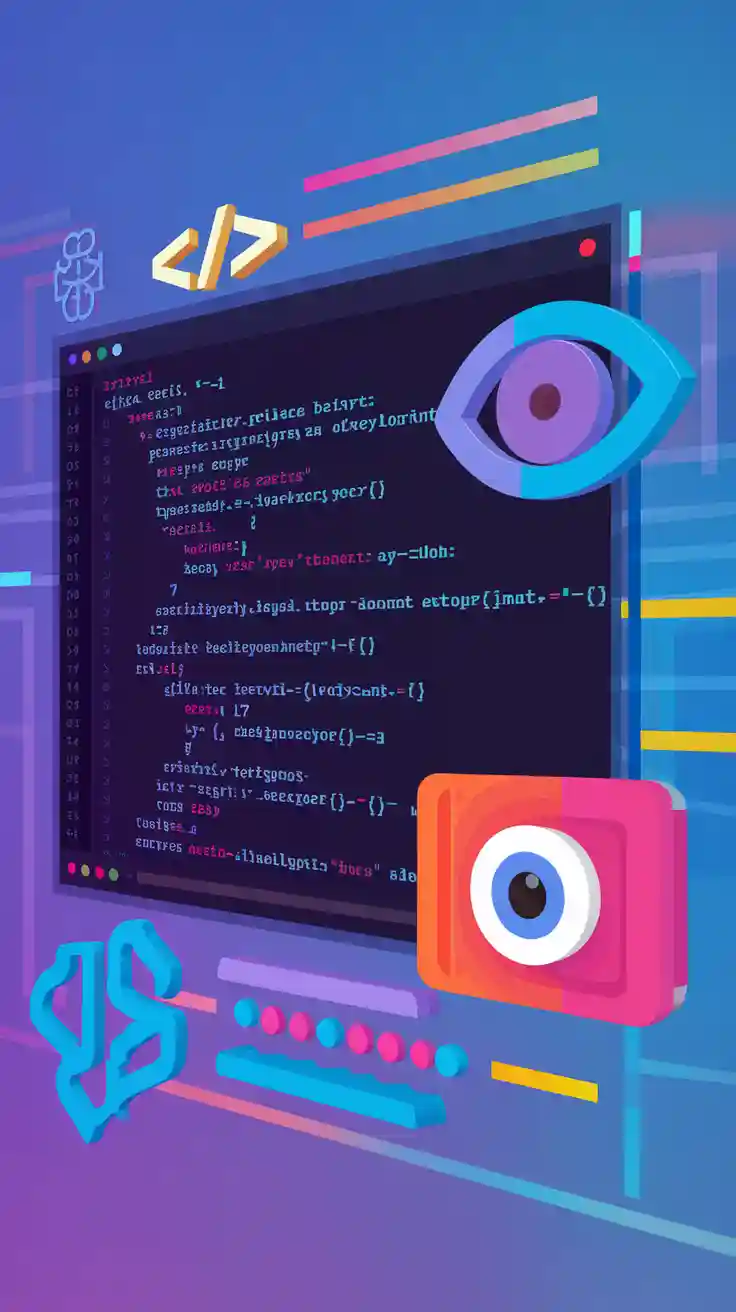
Trends on the Rise in AR Programming
AI-Based AR
Artificial Intelligence enhances AR with advanced object recognition and dynamic environments, delivering next-level experiences.
AR-Based Cloud Services
Cloud computing enables real-time collaboration and optimizes device performance in AR applications.
Cross-Device Development
Tools like Unity allow AR applications to function seamlessly across various devices, enhancing user experience.
Conclusion
Want to know how you integrate this knowledge into reality? Start by exploring how coding languages shape applications in augmented reality. C# powers Unity games, while Python enhances AI integration in AR. Select the right language based on your project goals and your team's expertise.

